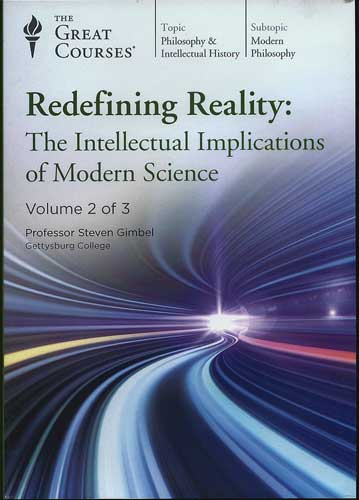Well this has turned out to be a very rainy week and we expected the OCA event at Black Star Canyon to be cancelled and sure enough we just received official notice of the cancellation. Thanks for the notification and see you all next time and thanks to Black Star Past Host, Steve, and New Black Star Host, Steve! This makes the third month we have missed some dark sky observing, but we were still planning on attending the OCA Astrophysics SIG, but again the rain interfered with that too.
This Resident Astronomer had every intention of attending the SIG, but the rain just did not let up. Resident Astronomer Peggy and I were in Orange at her hairdressers and the rain just kept coming so we elected to try one of their recommended restaurants, Mascarpone's Ristorante, to wait out the storm. Well, we had to drive through an alley to get to this place but found that Mascarpone's was indeed a real hidden gem. We had great martinis, food, service and good charming atmosphere and the best cheesecake ever found. Who would have guessed that this almost hidden out of the view place would be so good? This could turn out to be one of our favorite places for quite fine dinning. Did I mention that they have great martinis? Thanks for the restaurant tip, Bonnie and Noreen!
Anyway, by the time we got back to the observatory and the rain was still pouring, I was a little bit late to try to make it through the rain again to the Astrophysics SIG at the Heritage Museum and cancelled at the last moment. Several other members of our science squad reported that they were not going to be driving either, even though the SIG group leader, Does a lot of Hiking, But Doesn't Bring a Scope, Bob, had selected some good astrophysics videos for discussion. Sorry about missing out on the that, Bob!
But, we have some other exciting astronomical news to report. The February 9 issue of Nature had an interesting article describing the discovery of an intermediate-mass black hole. The neat thing about many article in Nature is that the articles often come in two parts. The first is written for the general public, like me, and the other is the more technical research article written by the scientists for other scientist specialists. This physicist wannabe appreciated the article by Kayhan Gultekin, who described the discovery of the black hole found in a globular cluster, 47 Tucanae.
See the photo below. Now to me, 47 Tucanae, while not visible to us in the northern hemisphere, looks very similar to many other globular clusters that we can find in the night sky. Globular clusters used to be described as a group of thousands of stars, each of which moving at its own velocity just sufficient to keep the whole collection of stars gravitationally bound together as a cluster object. A large massive body at the center did not seem to be necessary and one was never observed.
Now this study found that the velocities of the individual stars was just not right to explain dynamics of the cluster without including a massive object at the gravitational center. The object itself is not seen, but simulations show that a large object, such as a black hole, of 2200 times the mass of our sun, would fit the data and explain the velocities much better.
So the chart below, taken from the main article, shows how the simulations indicate the best probabilistic size of the black hole necessary to explain all the individual star velocities. The black hole itself cannot be seen in any telescopic images and since globular clusters do not have much gas, nothing is falling into the black hole o create any type of observable electromagnetic signature either. Check out the entire Nature article for all the other details.
But, in the meantime, if you want to stay inside and keep dry, you might want to check out Brian Greene's lecture at Soka University on Wednesday 22, 2017 at Soka University. This lecture is part of the Critical Conversations Series and his lecture, titled "Wild Science: How we fit into the cosmos", looks interesting. His recent book, "The Elegant Universe" provides a general audience review of general relativity and quantum mechanics and how string theory might tie it all together. Check out the details ($12 ticket cost)of the lecture at:
http://www.soka.edu/news_events/events/2017/02/CriticalConvosBrianGreene.aspx
And, while you are driving to the university or other astronomy events, you can check out many of the lectures on CD from The Great Courses series, like the one illustrated below. There are many lectures series on astrophysics, quantum mechanics, string theory, etc., so you can always find something for your interest. I know for me it sure makes the drive to physics colloquia CSULB, UCI or even Pasadena, a little easier while enjoying some good discussion. Wait for the series you are interested in to go on sale then they only cost about $3-$4 / hour.
 |
| Listening to lectures in the car is one way to fill in the drive time |
See you there. Until next time,
Resident Astronomer George
P.S. I'm thinking of trading in my 127mm scope and getting a smaller more portable setup. I like having the larger aperture, but I find I'm more into the ease of setting up and not lugging around a big heavy scope and desire to just make measurements which do not need that or larger aperture. So, anybody looking for a discounted bargain?
If you are interested in things astronomical or in astrophysics and cosmology
Check out this blog at www.palmiaobservatory.com



No comments:
Post a Comment